In the competitive residential solar industry, generating high-quality leads is essential for success. Many solar business owners invest in pay-per-lead (PPL) marketing campaigns, but without a clear understanding of profitability metrics, it’s easy to overspend and underperform. Tracking and measuring profitability effectively can ensure your marketing dollars generate real returns. Here’s a comparison of key metrics and the two most beneficial ones to focus on.
Comparison of Key Profitability Metrics
1. Cost per Acquisition (CPA)
One of the most fundamental metrics to track is Cost per Acquisition (CPA), which tells you how much you’re spending to acquire a customer from your PPL campaigns.
Formula:
CPA = Total Lead Spend ÷ Total Number of Customers Acquired
If you spend $150,000 on leads in a month and acquire 200 customers, your CPA is $750 per customer. Knowing your CPA helps you determine whether your lead cost aligns with your expected revenue per customer.
2. Cost per kW Sold
Since solar systems are typically priced per kilowatt (kW), it’s useful to measure the marketing cost per kW sold.
Formula:
Cost per kW = Total Lead Spend ÷ Total kW Sold
If you sold 1,500 kW in a month and spent $150,000 on leads, your cost per kW is $100. This metric helps solar businesses evaluate marketing efficiency in relation to system size and overall profitability.
3. Lead Conversion Rate
Tracking how many leads turn into paying customers helps assess lead quality.
Formula:
Lead Conversion Rate = (Total Customers Acquired ÷ Total Leads Purchased) × 100
If you purchase 1,000 leads and 100 convert into customers, your conversion rate is 10%. Higher conversion rates indicate more effective lead sources and sales processes.
4. Customer Lifetime Value (CLV) vs. CPA
To truly gauge the profitability of your lead generation, compare your Customer Lifetime Value (CLV) to your CPA.
Formula:
CLV = Average Revenue per Customer × Average Customer Lifespan
If your average system size is 6 kW and your revenue per kW is $4,000, a single customer is worth $24,000. If your CPA is $750, you’re achieving a healthy return on investment.
5. Return on Ad Spend (ROAS)
Understanding how much revenue is generated for every dollar spent on marketing is key.
Formula:
ROAS = Revenue Generated from Leads ÷ Total Marketing Spend
If your PPL campaign generates $1,500,000 in revenue from a $150,000 investment, your ROAS is 10x, which is a strong performance indicator.
Top Two Most Beneficial Metrics
After comparing key profitability metrics, the two most beneficial for solar business owners are:
-
Cost per kW Sold – This metric provides a direct correlation between marketing spend and solar system sales, making it an excellent gauge for profitability at a granular level. Since solar businesses profit per kW, tracking marketing costs per kW sold ensures you optimize your marketing strategy effectively.
-
Customer Lifetime Value (CLV) vs. CPA – This comparison helps ensure that your acquisition costs stay sustainable. A strong CLV-to-CPA ratio ensures long-term profitability and justifies your marketing investment.
Optimizing Your Lead Generation Strategy
-
Analyze Lead Sources: Not all PPL providers offer the same quality. Track conversion rates by source to determine which ones yield the best ROI.
-
Adjust Bidding Strategies: If CPA is too high, experiment with different lead vendors or negotiate better pricing.
-
Enhance Sales Follow-Up: Stronger follow-up and nurturing can increase conversion rates and improve lead profitability.
-
Use CRM & Tracking Tools: Implement a customer relationship management (CRM) system to track leads, conversions, and customer interactions.
Final Thoughts
Measuring profitability in your solar lead generation campaigns isn’t just about counting leads—it’s about understanding the full financial impact. By tracking cost per kW sold and ensuring your CLV-to-CPA ratio remains healthy, you can make data-driven decisions that maximize your marketing ROI. With the right tracking in place, you’ll ensure your business thrives while keeping acquisition costs under control.

